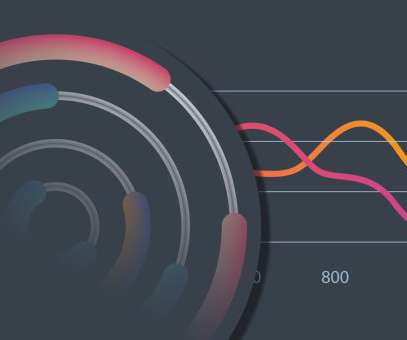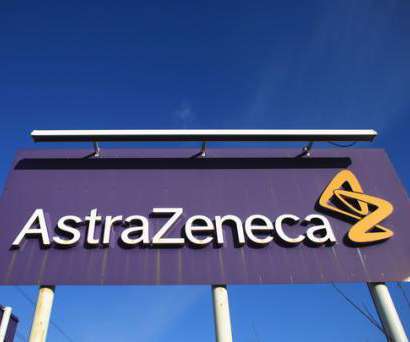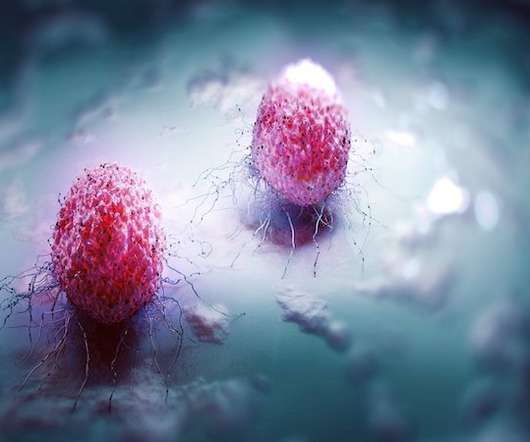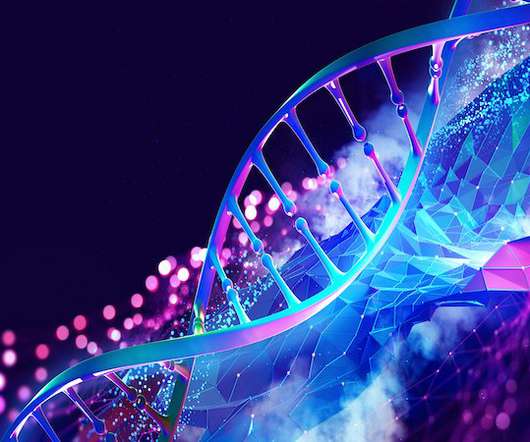Big data – charting a new path to drug discovery and development
Drug Discovery World
JULY 11, 2023
Drug discovery and development timelines can span 10-15 years or more from initial discovery to market approval and typically require the analysis of massive amounts of data. The post Big data – charting a new path to drug discovery and development appeared first on Drug Discovery World (DDW).


















Let's personalize your content